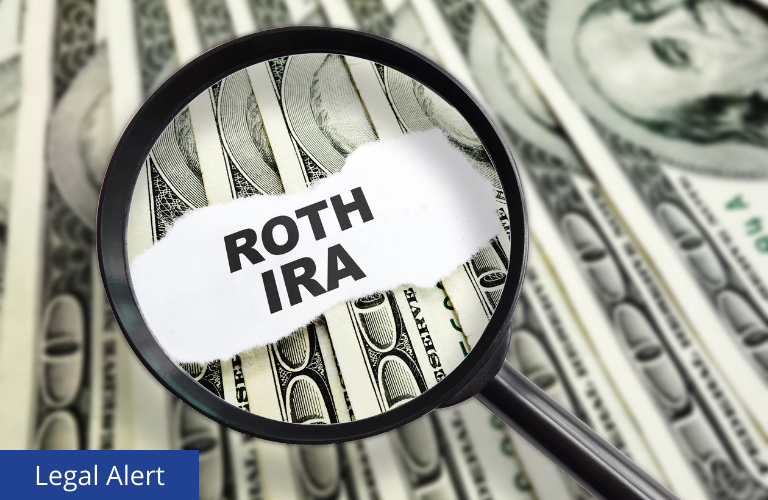
On Friday, the Internal Revenue Service (“IRS”) released Notice 2023-62 (the “Notice”) providing welcome relief to plan sponsors with respect to the new SECURE 2.0 requirement that all catch-up contributions made by high-income employees be treated as Roth. This provision was set to become effective for taxable years beginning after December 31, 2023—however, the newly released guidance announced a two-year transition period for this requirement.
This means that, until 2026, catch-up contributions for high-income employees (those who earned more than $145,000 in the prior year) will be treated as satisfying the catch-up contribution requirements, even if they are not designated (or treated) as Roth deferrals.
The guidance will allow time for plan sponsors, record keepers, and payroll providers to implement the new provision. They were facing administrative challenges in trying to prepare for this new requirement, such as:
- How to coordinate with payroll providers and record keepers since the new “high-income employee” compensation limit is not related to any other retirement plan limit (e.g., for the 2024 plan year, an employee who earns more than $150,000 is a “highly compensated employee” for plan purposes, etc.). In addition, compensation for identifying high-income employees is based on compensation used to determine Social Security contributions and can differ from the compensation used to identify highly compensated employees and for other plan purposes.
- How plan sponsors should handle employees for whom prior year wages cannot be accurately determined until after year-end because their income varies throughout the year (e.g., hourly employees who can earn overtime, etc.)
The Notice also clarifies that plan participants who are age 50 and over can continue to make catch-up contributions after 2023, regardless of income. This formal guidance was necessary to address a drafting issue in SECURE 2.0 that seemed to eliminate catch-up contributions from the Code.

